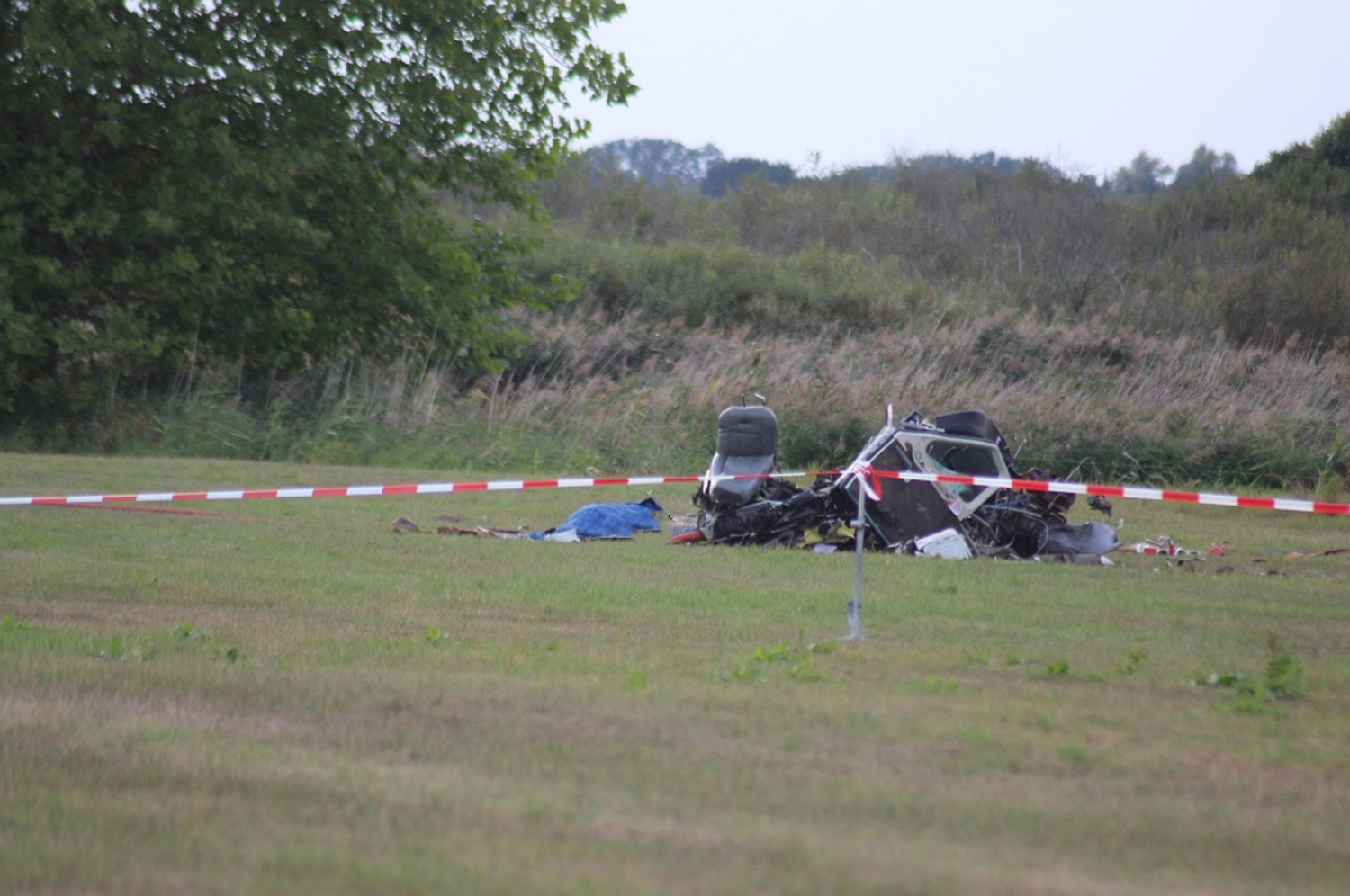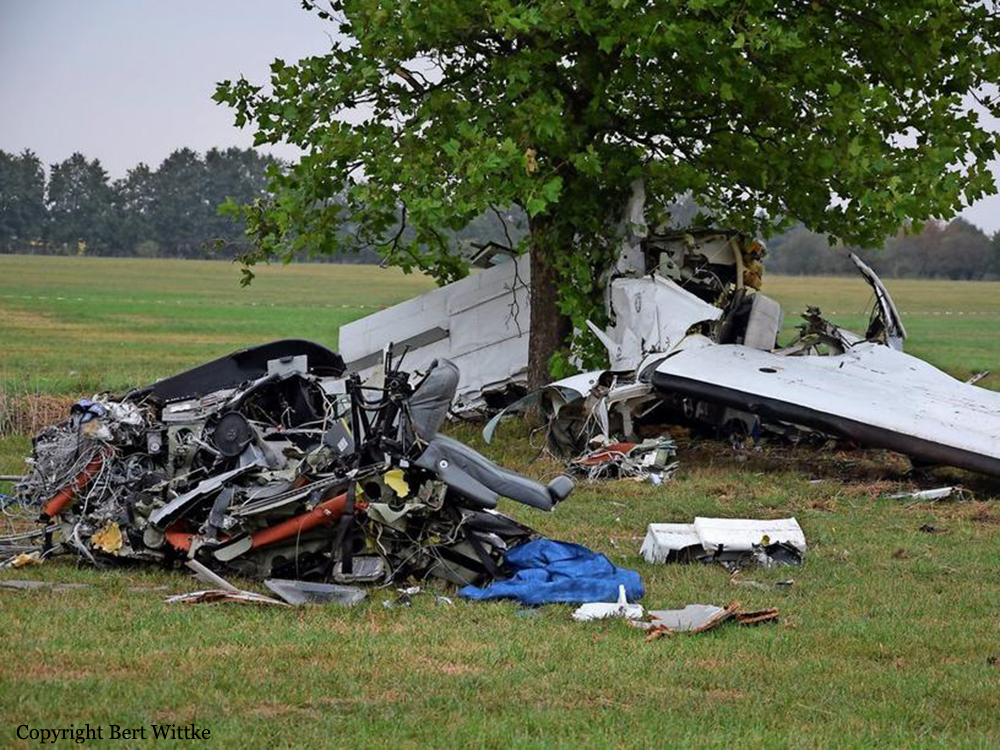Region
Crash of a Cessna 208 Caravan I off Norderney: 1 killed
Date & Time:
Jul 26, 2021 at 1309 LT
Registration:
D-FLEC
Survivors:
No
Schedule:
Borkum - Norderney
MSN:
208-0388
YOM:
2005
Crew on board:
1
Crew fatalities:
Pax on board:
0
Pax fatalities:
Other fatalities:
Total fatalities:
1
Circumstances:
The single engine airplane departed Borkum Airport in the early afternoon on a local skydiving mission. At an altitude of 14,000 feet, the skydivers jumped out the cabin then the pilot reduced his altitude and returned to Norderney Airport. On approach, control was lost and the airplane crashed in the sea of Wadden, about 4 km southeast of the airfield. The aircraft was destroyed and the pilot was killed.
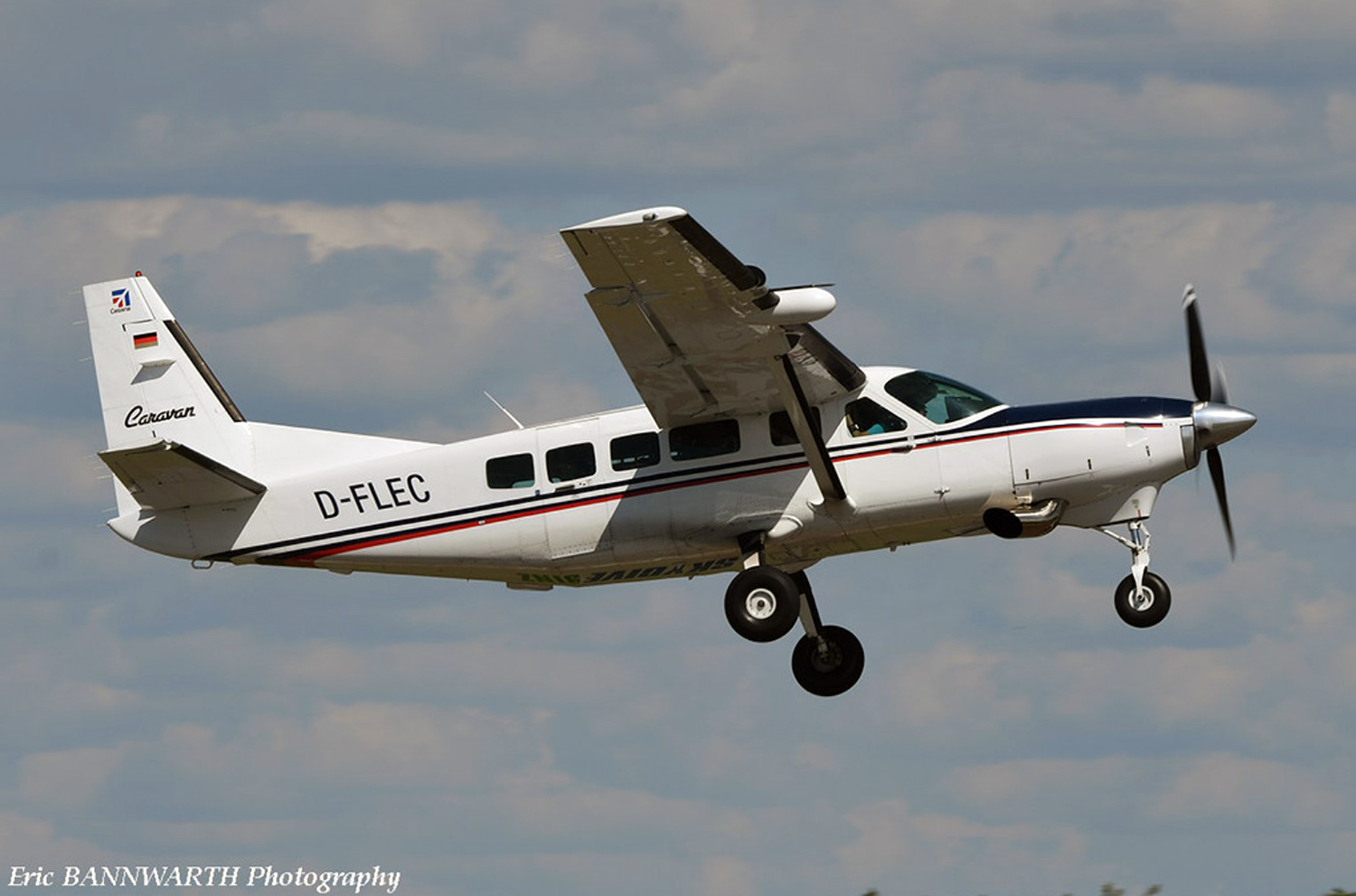

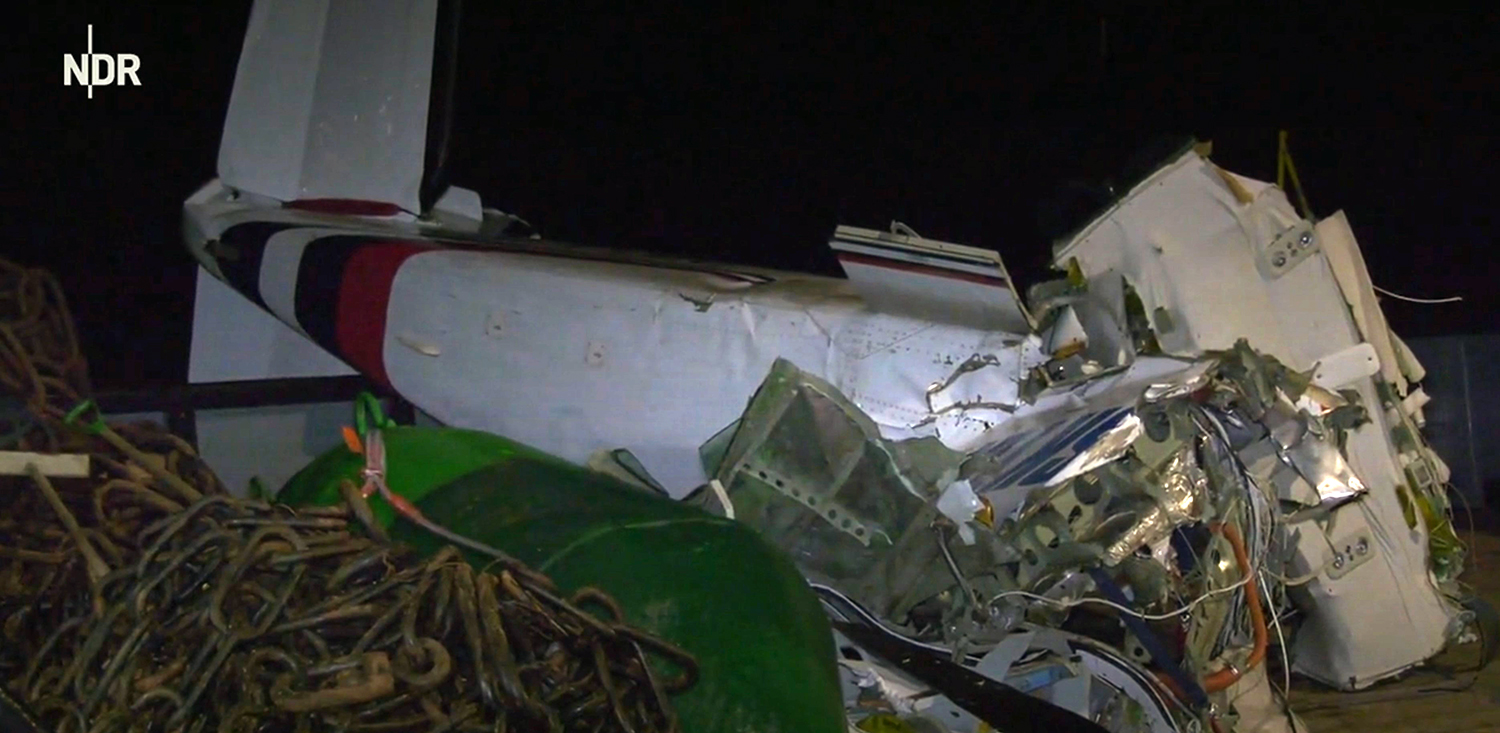
Crash of a Piper PA-46-350P Malibu Mirage in Dauchingen
Date & Time:
Oct 10, 2020 at 1100 LT
Registration:
N369ST
Survivors:
Yes
Schedule:
Rottweil - Lugano
MSN:
46-36936
YOM:
2006
Crew on board:
1
Crew fatalities:
Pax on board:
1
Pax fatalities:
Other fatalities:
Total fatalities:
0
Circumstances:
After takeoff from Rottweil-Zepfenhan Airport, while climbing, the crew encountered technical problems. The pilot reduced his altitude and attempted an emergency landing in an open field located in Dauchingen, about 15 km southwest of Rottweil Airport. The aircraft landed gear down but and eventually came to rest on a path with its undercarriage and both wings partially torn off. Both occupants were slightly injured.
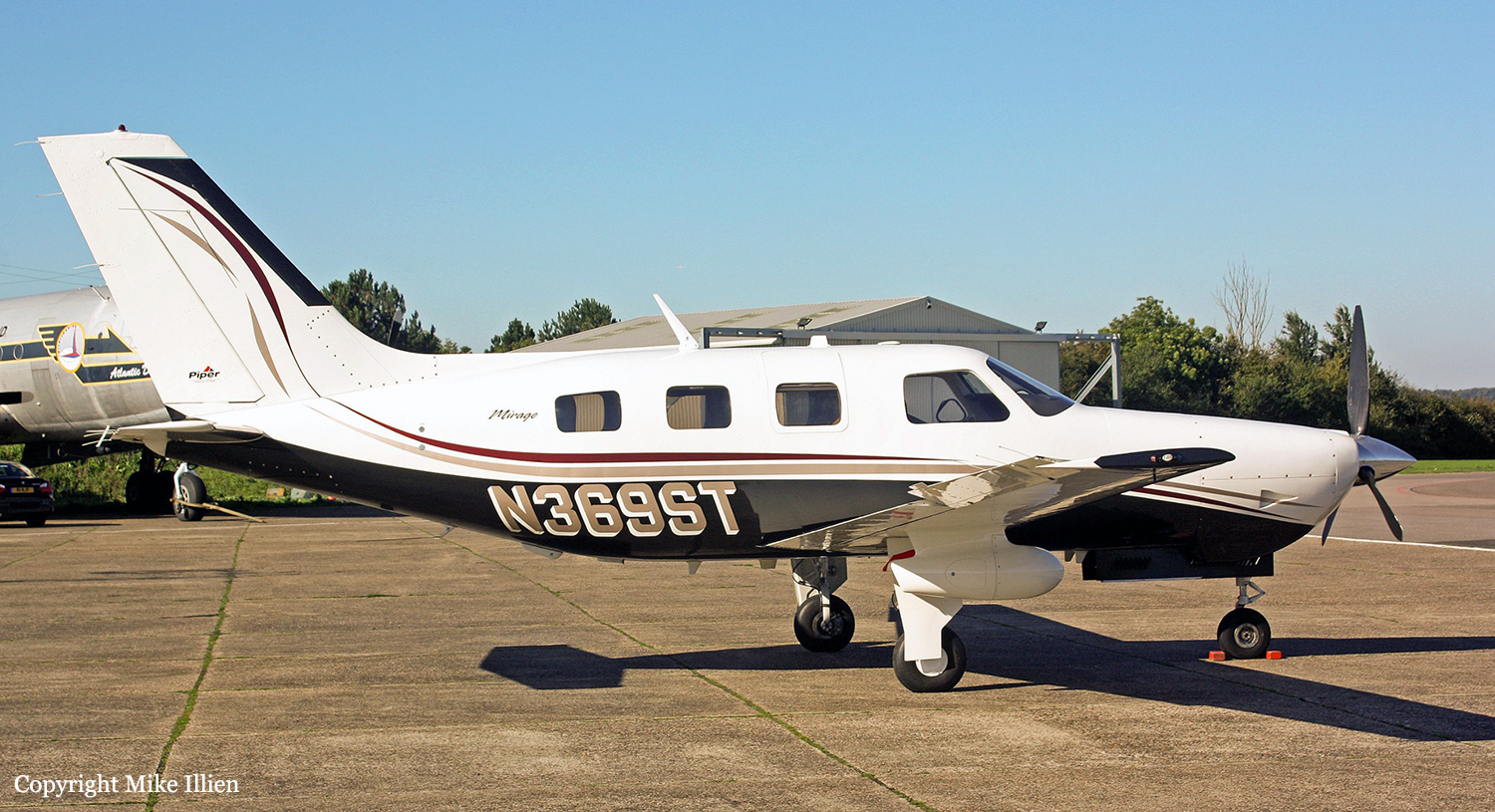

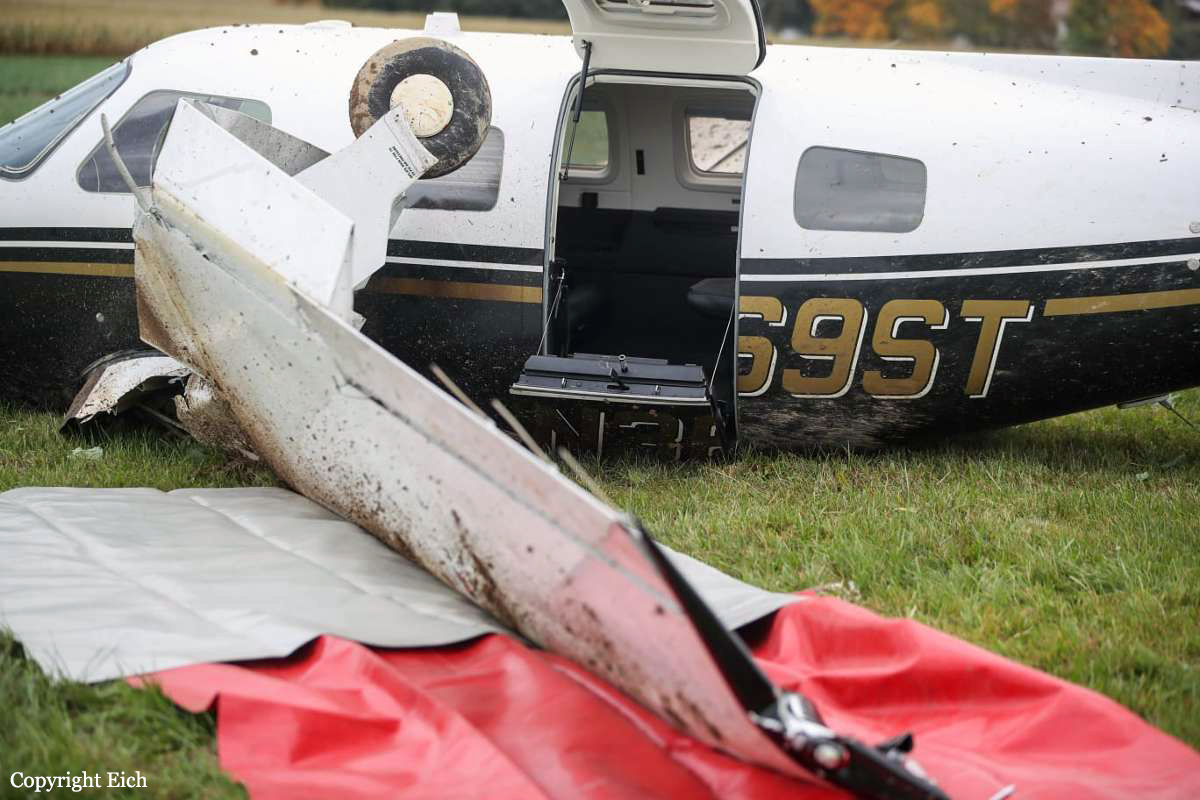
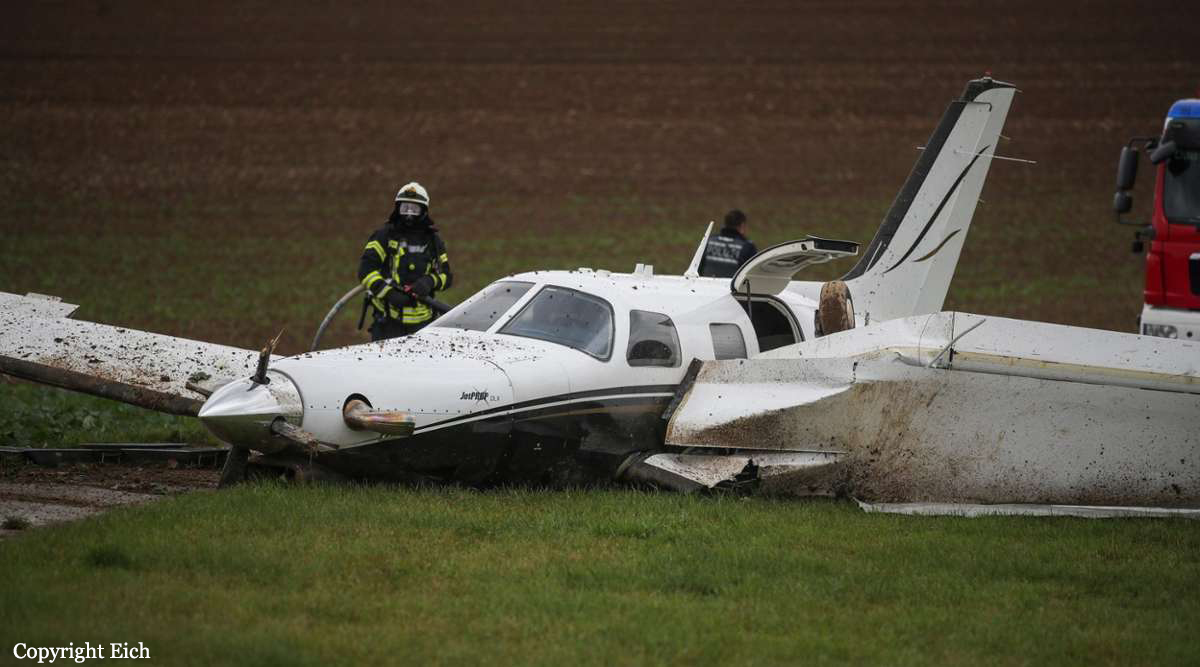
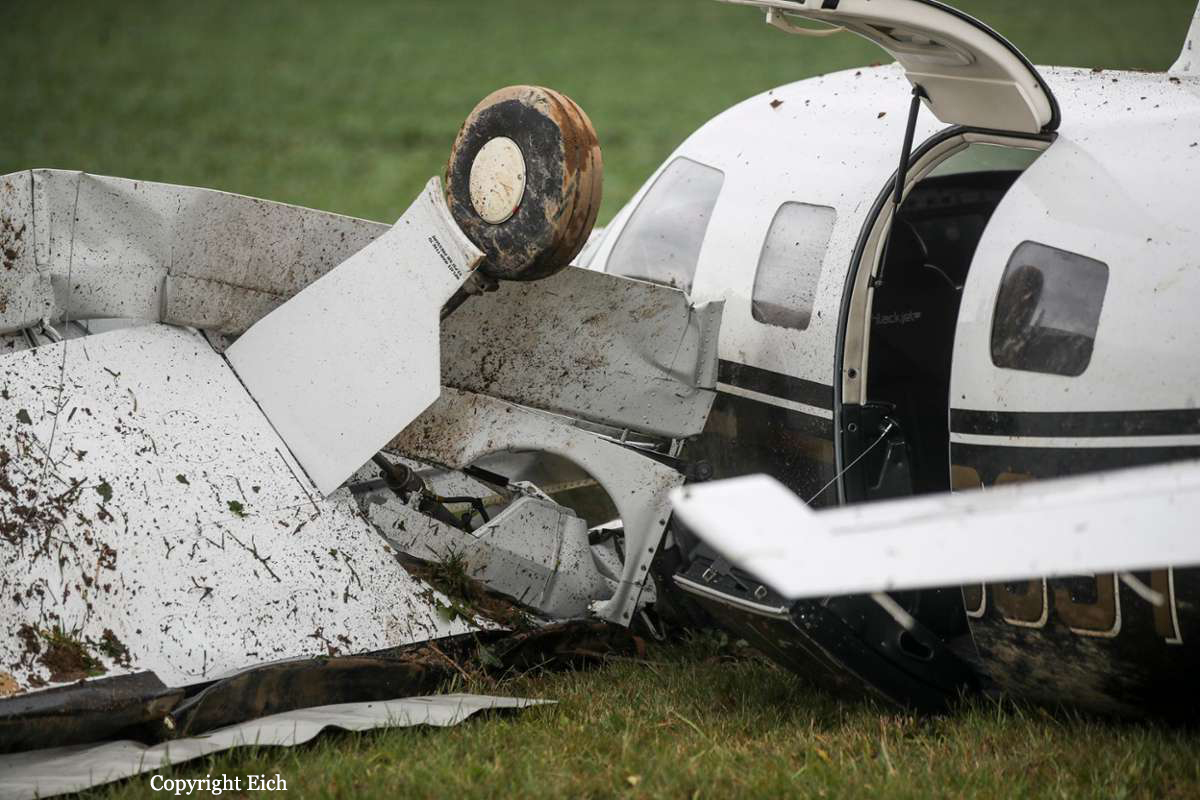
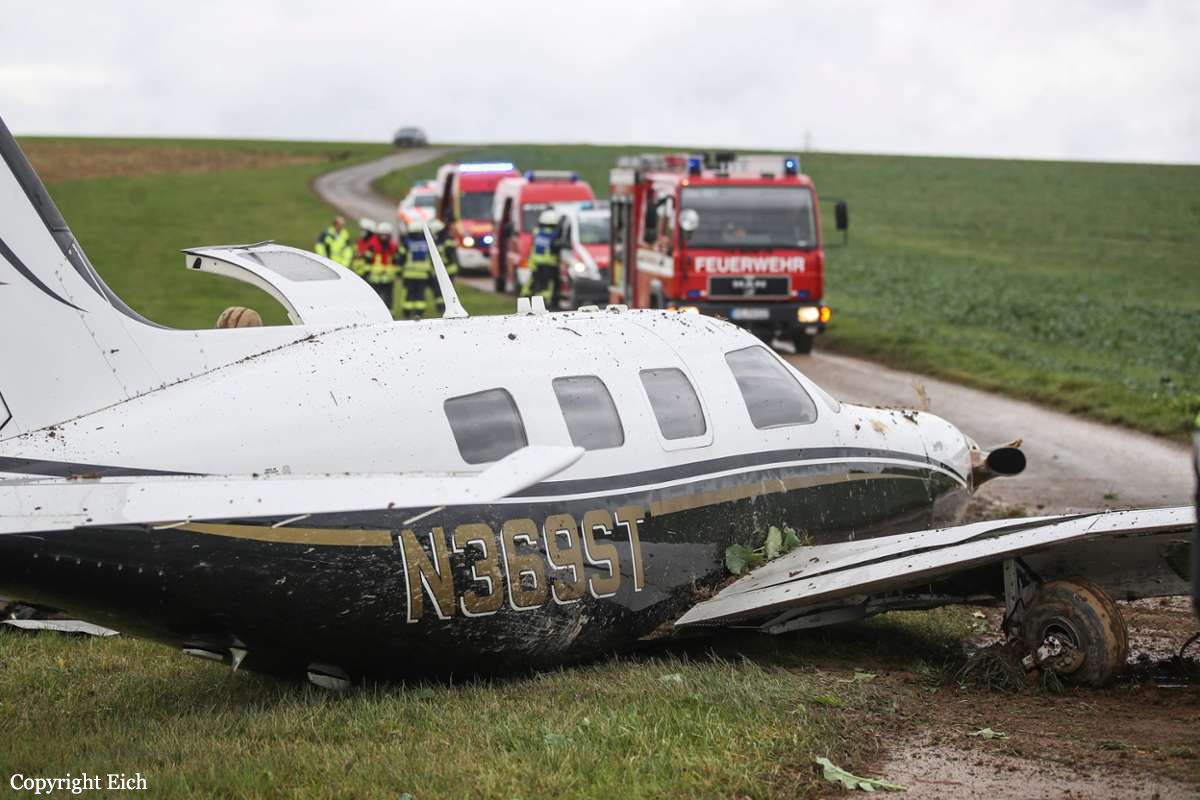
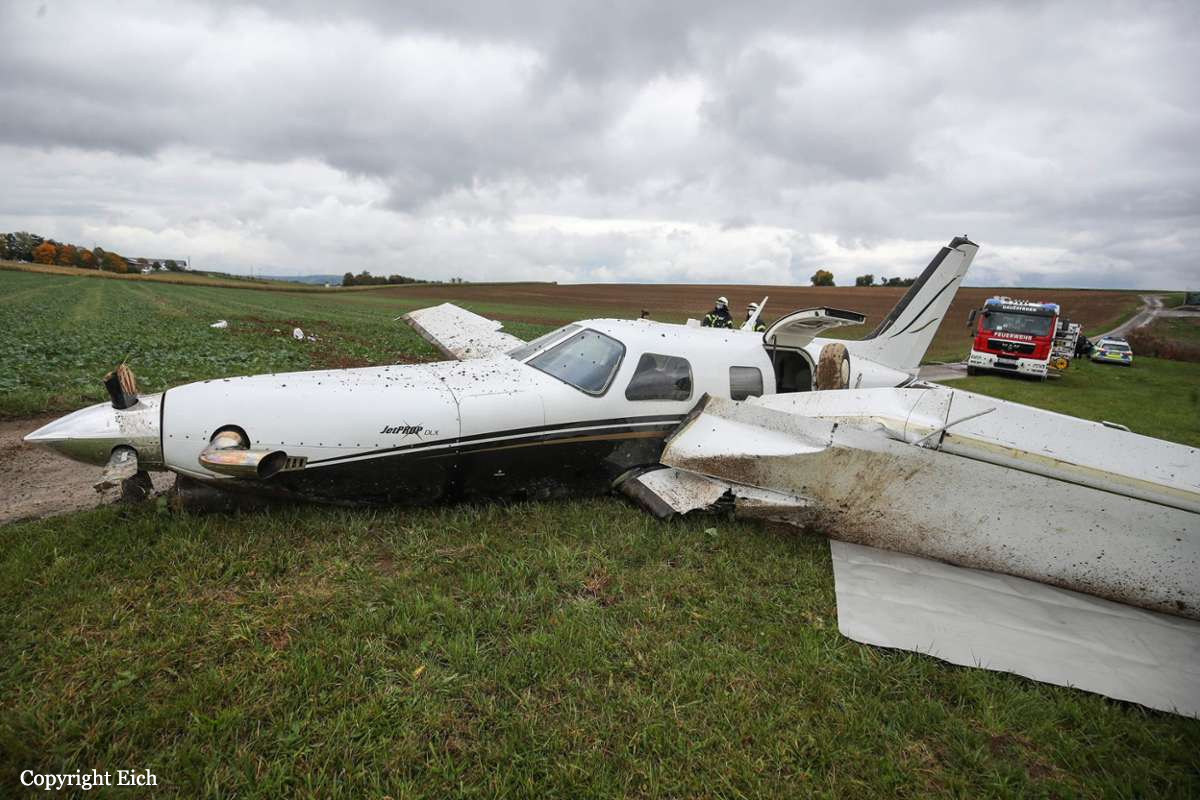

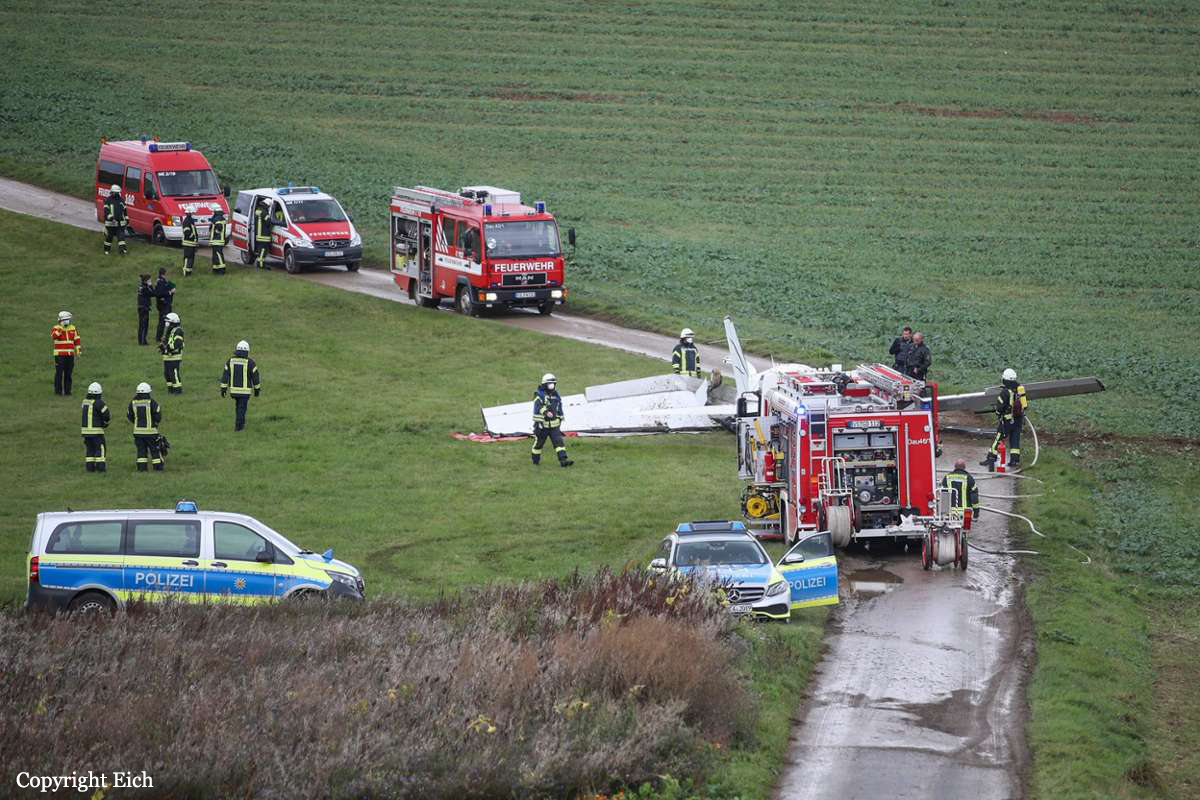

Crash of a Cessna 401A in Arnsberg
Date & Time:
Aug 28, 2020 at 1602 LT
Registration:
N401JP
Survivors:
Yes
Schedule:
Marl – Arnsberg
MSN:
401A-0046
YOM:
1969
Crew on board:
1
Crew fatalities:
Pax on board:
2
Pax fatalities:
Other fatalities:
Total fatalities:
0
Captain / Total hours on type:
500.00
Aircraft flight hours:
4568
Aircraft flight cycles:
5945
Circumstances:
At 1541 hrs, the airplane took off from Marl-Lohmühle Airfield with the pilot and 2 passengers on board to a VFR flight to Arnsberg-Menden Airfield which is located approximately 30 NM to the south-east. One of the passengers was seated in the right-hand seat next to the pilot and the other in the passenger seat behind the pilot. The radar recording of the air navigation service provider showed that the airplane climbed up to 2,200 ft AMSL. Ten minutes after take-off, the pilot established radio contact with Dortmund Tower with the request to cross Dortmund Airport control zone via the reporting point WHISKEY towards reporting point ECHO on his way to Arnsberg. At 1552:14 hrs, the tower controller answered: “[…] melden Sie WHISKEY und dann erwarten Sie Durchflug nach Arnsberg oder ECHO, wie Sie möchten, QNH eins null null eins (report WHISKEY and then expect cross flight to Arnsberg or ECHO, as you like, QNH one zero zero one)“. The pilot confirmed QNH and approach point. At 1555:22 hrs, the pilot reported having reached reporting point WHISKEY at 2,200 ft AMSL. The controller approved the flight through the control zone towards the south. The GPS and radar data showed that at 1556 hrs, the airplane turned tight towards 120° to a direct heading to Arnsberg. At 1559 hrs, as the airplane had left the control zone the controller issued the clearance to leave Tower frequency. At 1600 hrs, about 2.5 NM west of the destination aerodrome, the airplane turned left towards the east. About one minute later the airplane intersected the extended runway centre line of runway 23 at a distance of 0.7 NM from the threshold with an eastern heading. At the time, ground speed was approximately 150 kt. At 1601:39 hrs, the airplane turned left towards the final approach of runway 23. At 1602 hrs, about 1 NM from the threshold of runway 23 at about 1,500 ft AMSL, the airplane reached the extended runway centre line. The Flugleiter (A person required by German regulation at uncontrolled aerodromes to provide aerodrome information service to pilots.) stated that during final approach flaps and landing gear of the airplane had been extended. The approach looked normal. For a short time he had no longer observed the airplane because he had made some entries in the computer. His colleague had then addressed him and drew his attention to the speed of the airplane. The Flugleiter saw that the airplane had an upward large pitch angle, then plunged and disappeared from his sight. The airplane impacted the ground and the 3 occupants suffered severe injuries. The Flugleiter stated he had tried in vain to contact the pilot twice and then raised the alarm. His colleague and other first aiders had driven to the accident site immediately.
Probable cause:
The accident was due to:
• The pilot did not correct the approach by increasing engine power or did not abort the approach.
• The pilot did not monitor the airspeed during the final approach and steered the airplane into an uncontrolled flight attitude during the flare.
To the accident contributed that:
• The approach was not stabilized and not aborted.
• The pilot did not pay attention to the PAPI indication and did not perceive the stall warning.
• The large number of continuously changing approach parameters most likely exceeded the limits of the pilot’s capabilities and subsequently, the airplane was no longer controlled in a goal-oriented manner.
• The runway markings did not comply with the required standards.
• The pilot did not correct the approach by increasing engine power or did not abort the approach.
• The pilot did not monitor the airspeed during the final approach and steered the airplane into an uncontrolled flight attitude during the flare.
To the accident contributed that:
• The approach was not stabilized and not aborted.
• The pilot did not pay attention to the PAPI indication and did not perceive the stall warning.
• The large number of continuously changing approach parameters most likely exceeded the limits of the pilot’s capabilities and subsequently, the airplane was no longer controlled in a goal-oriented manner.
• The runway markings did not comply with the required standards.
Final Report:
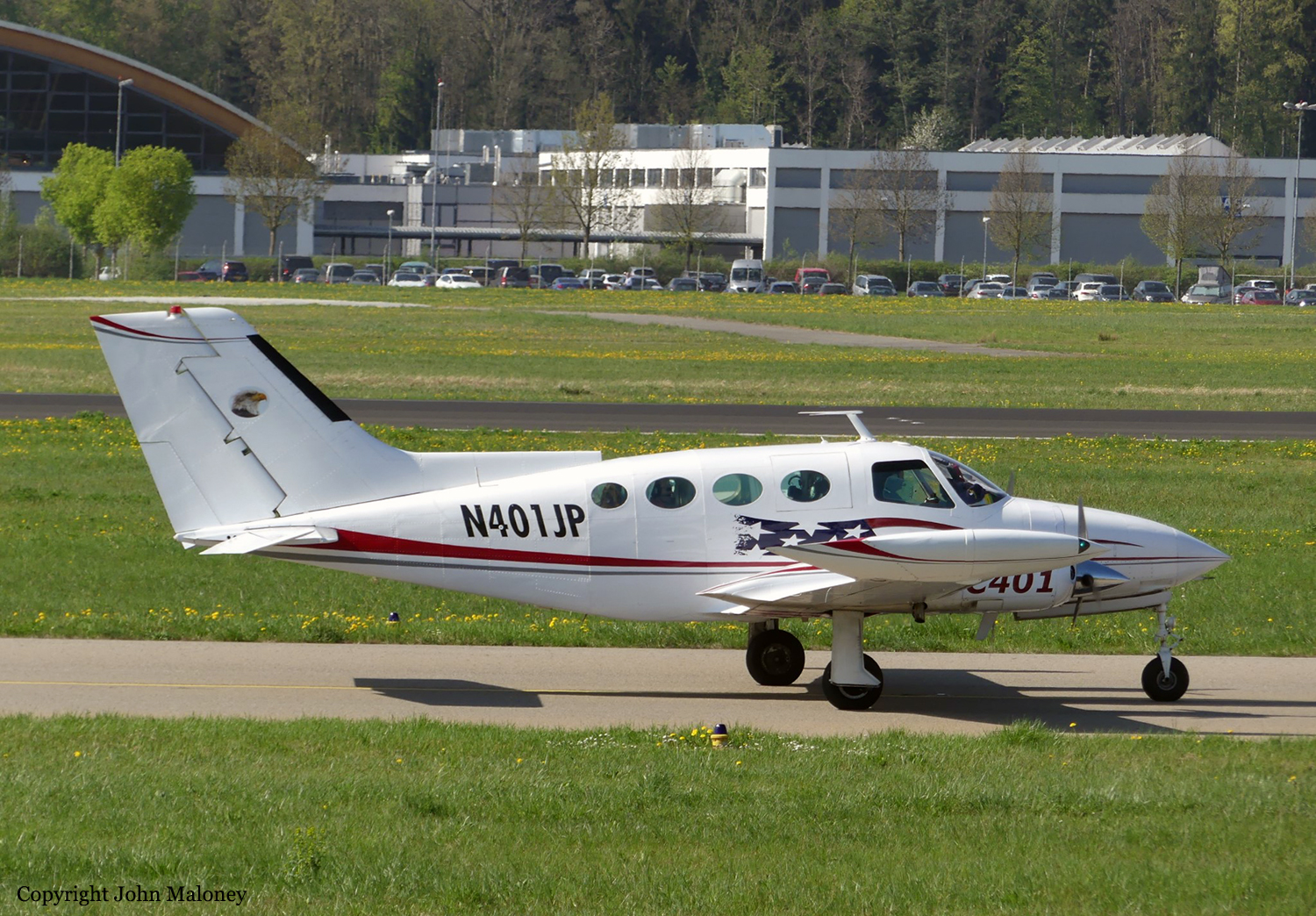

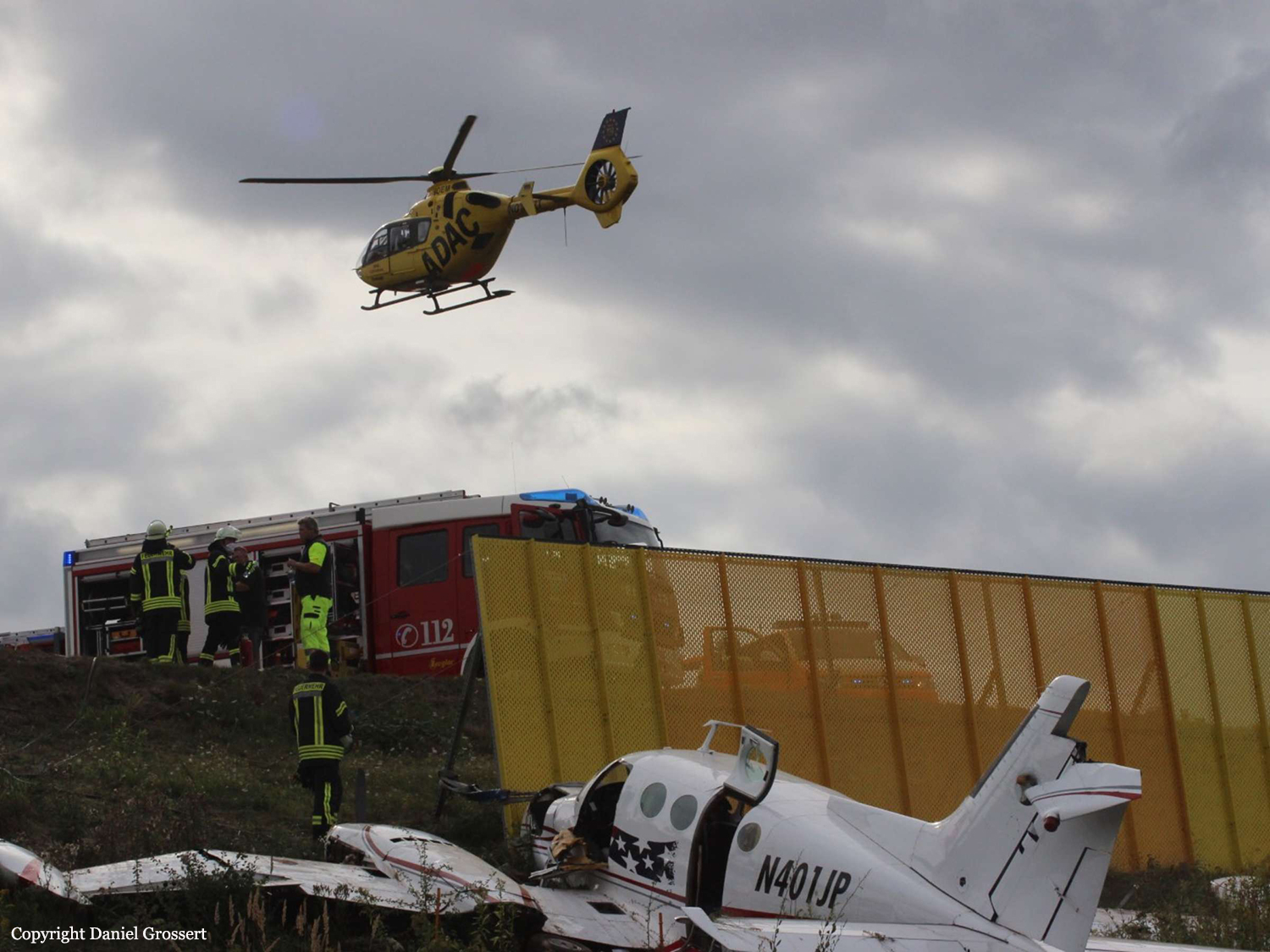
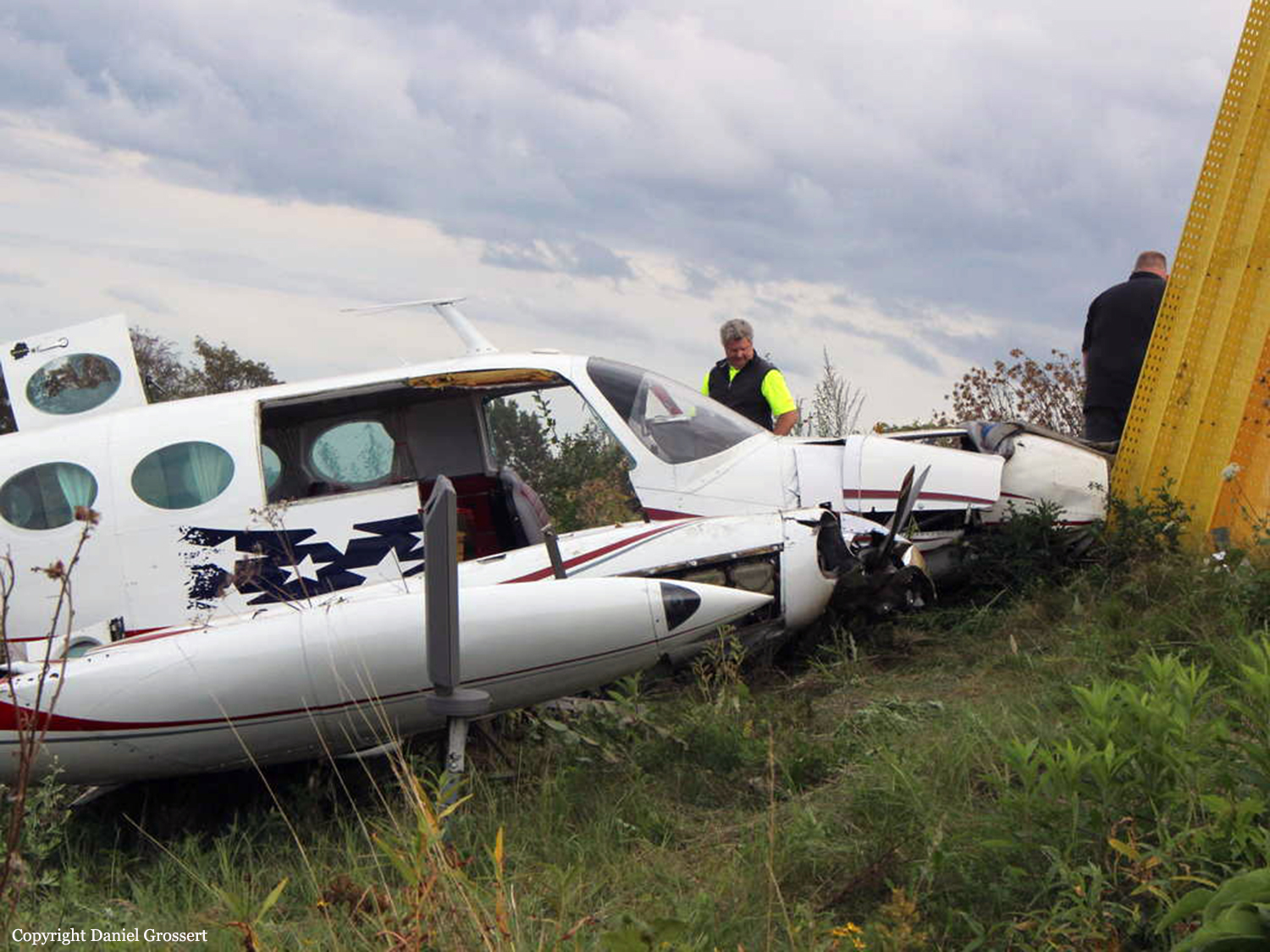
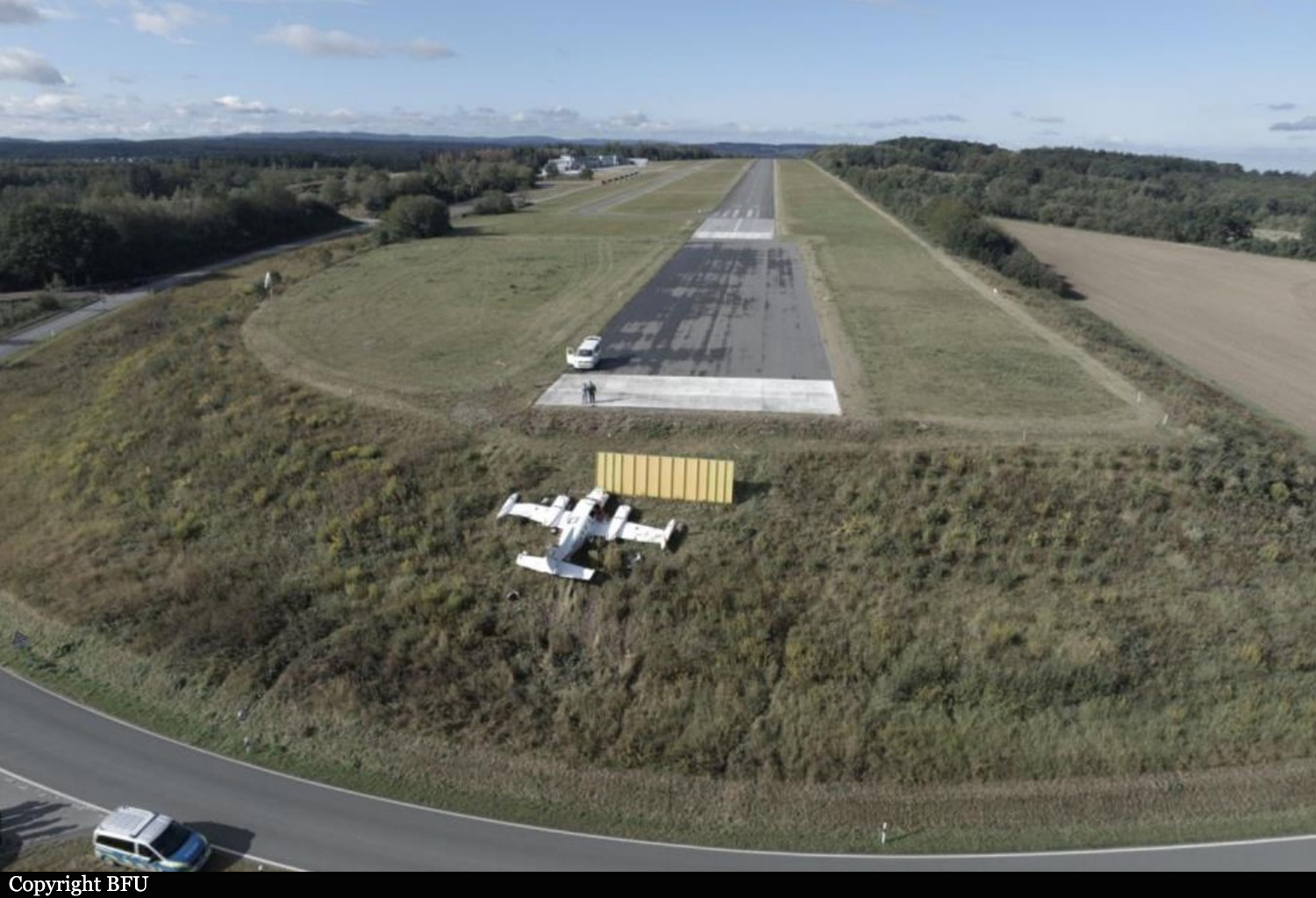
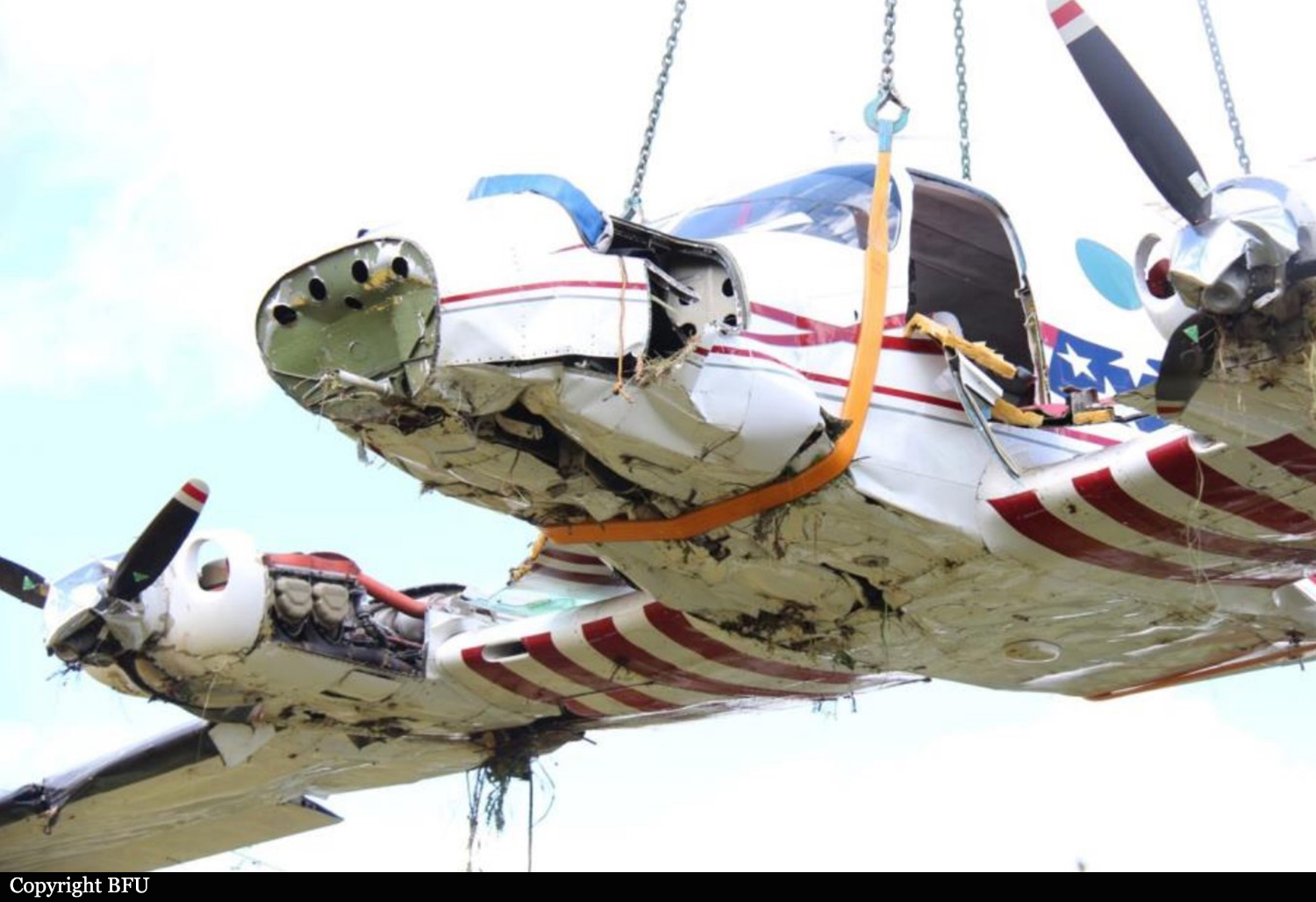
Crash of a Cessna 208 Caravan I in Gransee: 1 killed
Date & Time:
Sep 11, 2019 at 1505 LT
Registration:
D-FIDI
Survivors:
No
Schedule:
Gransee - Gransee
MSN:
208-0301
YOM:
1999
Crew on board:
1
Crew fatalities:
Pax on board:
0
Pax fatalities:
Other fatalities:
Total fatalities:
1
Captain / Total hours on type:
288.00
Aircraft flight hours:
4066
Aircraft flight cycles:
4983
Circumstances:
At 1448 hrs, the pilot took off from Gransee Special Airfield with the Cessna 208 Caravan to a commercial flight in accordance with visual flight rules. On board were the pilot and 15 skydivers, which were dropped at flight level 130. On this day, the pilot had already conducted three flights dropping skydivers with a total flight time of 48 min. After having dropped the skydivers during the fourth flight, the airplane was last captured by the radar at 1505:49 hrs, during approach to land at the airfield, close to the accident site at about 550 ft AMSL. At the time, ground speed was 168 kt and heading 330°. The Flugleiter stated that he had observed the last phase of the approach. The airplane had been in a left-hand turn with a bank angle of up to 90° close to the ground. He assumed that the pilot might have “overshot” the extended centre line of runway 29 when he entered the final approach coming from the south. Then the airplane had vanished behind the trees. The pilot did not transmit an emergency call. The Flugleiter also stated that with the previous flight he had witnessed a similar manoeuvre. The radar recording of the third flight ended at 1417:54 hrs with a recorded altitude of about 1,400 ft AGL. At the time, ground speed was 168 kt and heading 355°. During both flights the skydivers had been dropped at flight level 130 at a heading of about 300° south of the airfield. After dropping the skydivers, at 1415:07 hrs and at 1502:52 hrs, respectively, the airplane entered a descent with a very high rate of descent and flew in a wide left-hand turn back to the airfield. During the third flight a right-left-hand turn with bank angles of about 50° to 60° occurred during descent.
Probable cause:
The air accident was due to a risky flight manoeuvre close to the ground which resulted in a controlled impact with the ground. The speed during the approach exceeded the operations limitations of the airplane. The approach was not stabilized.
Contributing Human Factors:
- Recurrent acceptance of risky flight manoeuvres close to the ground by the pilot (routine violations),
- Overconfidence and insufficient risk assessment of the pilot.
Contributing Operational Factors:
- Unsuitable wording in the operations manual in regard to approaches after dropping skydivers.
Contributing Human Factors:
- Recurrent acceptance of risky flight manoeuvres close to the ground by the pilot (routine violations),
- Overconfidence and insufficient risk assessment of the pilot.
Contributing Operational Factors:
- Unsuitable wording in the operations manual in regard to approaches after dropping skydivers.
Final Report:



